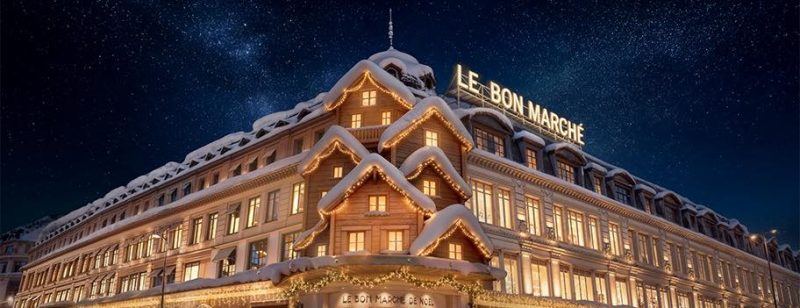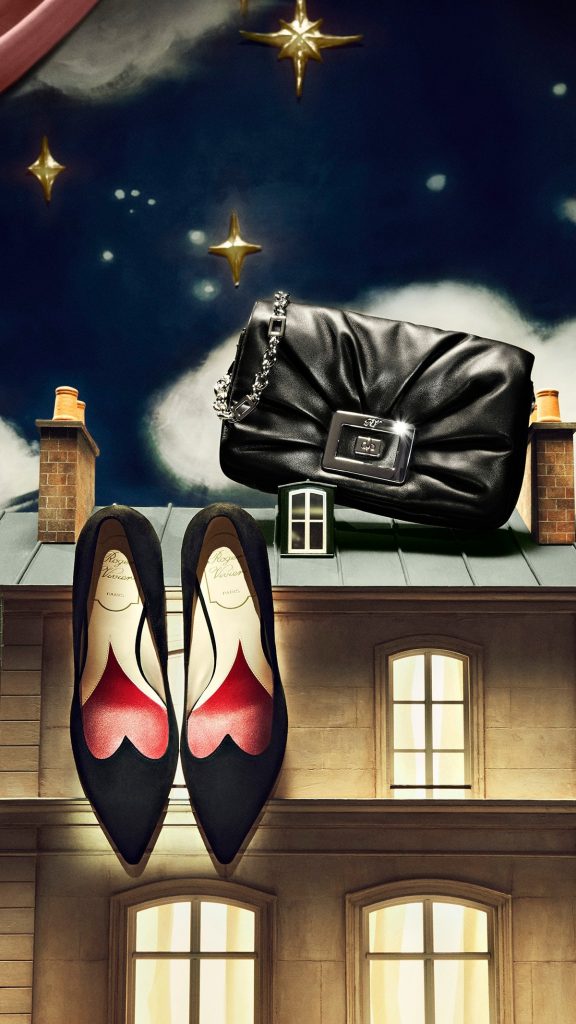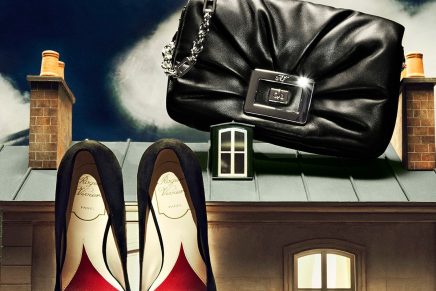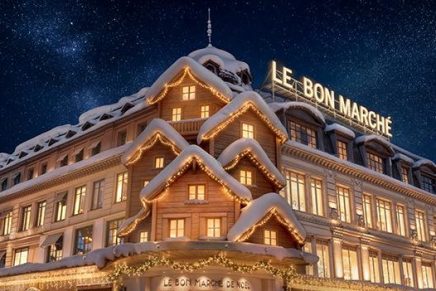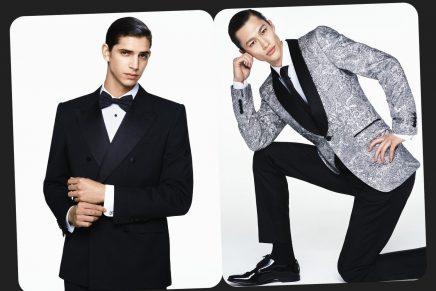The premium and luxury sector continues to demonstrate a fascinating blend of resilience, tectonic shifts in geographical focus, and a deep embrace of experiential technology. This past week’s headlines illustrate a market that is simultaneously grappling with a more frugal high-net-worth consumer and rapidly expanding its presence into new cultural and digital frontiers, from Mexico City to the metaverse.
Estée Lauder Cos. has placed a strategic minority investment in Mexican luxury fragrance brand XINÚ, marking the beauty conglomerate’s first investment in a Latin American brand. This move underscores a crucial industry trend: the shift in sourcing innovation and targeting affluence away from established hubs and toward vibrant, culturally rich emerging markets. XINÚ, founded in 2017, is celebrated for its sustainable design and focus on the exoticism of the American continent, aligning perfectly with the demand for authentic, narrative-driven luxury. This focus on heritage and geographical expansion is echoed on the other side of the world as Alaïa opens doors to its first Kuwaiti boutique, planting a flag for haute couture in the strategic, high-spending Middle Eastern market.
The conversation between luxury and culture deepens with Genesis, the Korean premium automotive brand, partnering with LACMA for art talks and gallery support. This multi-year collaboration includes “The Genesis Talks,” a quarterly program featuring creative visionaries, and significant backing for the museum’s new David Geffen Galleries. It is a textbook example of cultural alignment, where an aspiring luxury marque embeds itself in high-net-worth lifestyle pillars—art, architecture, and intellectual discourse—to build sophisticated brand equity. Simultaneously, the German luxury automaker Mercedes-Benz is looking to cement its status in modern competitive culture, building a custom G-Class trunk module for an esports championship trophy. This juxtaposition—from high art patronage to competitive gaming integration—reveals the disparate, yet equally high-value, cultural territories luxury brands must now occupy to maintain relevance.
The confluence of high fashion and the digital realm experienced a momentary setback, as the widely anticipated partnership between Balenciaga and video game PUBG’s billion-strong player base was officially terminated due to logistical and creative disagreements. Initially framed as a groundbreaking fusion of gaming and high fashion, the failure to launch any in-game or physical collaborations highlights the complex challenges of merging disparate brand worlds, particularly for houses known for strong, uncompromising creative direction. This follows a different path than that taken by the aspirational Johnnie Walker, a subsidiary of Diageo, which collaborated with Hong Kong-born, London-based designer Robert Wun to unveil a limited-edition Lunar New Year bottle for the Year of the Horse. This is a highly successful, culturally-relevant, and tangible partnership focused on celebrating heritage through exquisite craftsmanship, a model that often offers more immediate resonance with core luxury consumers than fleeting digital-only ventures.
The luxury consumer’s shifting financial landscape is evident as the average US holiday 2025 travel budgets fall 18 percent, according to Deloitte. While 54 percent of Americans plan to travel, up 5 percentage points from 2024, the average budget is down to $2,334 year-over-year. Tellingly, high-income travelers (those earning at least $100,000 annually) plan to cut back the most, reducing their number of trips from 2.5 to 1.9. This retrenchment in travel spending—which may translate to shorter trips and fewer luxury hotel stays—is ironically met by significant investments in the experience of travel itself, as VistaJet introduces a science-backed sleep program on its private jets. This move by the private aviation leader emphasizes that for the true ultra-high-net-worth individual, luxury is moving beyond mere excess toward meticulously curated experiences that directly impact personal wellness and performance, a trend solidified by Kohler’s entry into the wellness tech market.
The overarching health of the hard luxury sector is confirmed by Richemont posting 10pc sales growth, with its jewelry maisons leading the stellar performance. This solid figure underscores the enduring desirability of tangible, enduring assets—watches and jewelry—as a primary store of value and status, contrasting with the more volatile trends in soft luxury and experiential spending. This success is celebrated in the US with the unprecedented collaboration of Saks Fifth Avenue and Neiman Marcus, which co-hosted the Bejeweled Ball for the first time, a symbolic union of two major luxury retail powerhouses to honor the high-jewelry category. This performance is a powerful signal to watchmakers like Richard Mille, which planted its flag with a new boutique opening in Sydney, expanding its retail footprint in key high-growth Pacific markets.
A subtle but significant change is reshaping the beauty landscape as a Launchmetrics report reveals that haircare has overtaken makeup as the lead luxury beauty growth category by Media Impact Value (MIV). This growth reflects a profound post-pandemic consumer shift toward self-care, longevity, and overall wellness, where the condition of hair is now viewed as an essential marker of health and luxury. However, fragrance, the perennial category, commands enduring cultural resonance, demonstrated by Guerlain’s celebration of the centennial of its iconic scent, Shalimar, with an olfactory art show, conjuring a century of history.
The world of high fashion and retail experience is brilliantly captured by three distinct campaigns. Roger Vivier unveiled a larger-than-life festive campaign that plays dramatically with proportion, featuring miniature, dream-like settings of the new Parisian Maison Vivier where sparkling accessories appear imbued with a life of their own. This use of scaled-down artistry by artist Nicolas Pierre to emphasize the preciousness of the item contrasts with the time-travel narrative deployed by Dolce & Gabbana, which journeys back to the 1960s for its holiday 2025 advertising. Captured by Gordon Von Steiner, this campaign embraces the sophisticated, geometric lines and spontaneous, carefree spirit of that decade, appealing to a desire for classic, cinematic elegance over transient trends.
Meanwhile, Air France chose a physical, high-traffic retail engagement by unveiling a pop-up at Le Bon Marché for holiday shoppers. This activation, designed to evoke the “French art of travel” with a chic, tailor-made décor centered around a central aircraft window structure, is a clever move to convert brand loyalty into tangible gift-giving opportunities within a highly curated, premium department store environment. Tying this cultural and experiential focus together is the ongoing luxury lifestyle diversification: Bentley appointed star footballer Cody Gakpo as its UK and Europe ambassador, mirroring the modern shift toward aligning high-performance vehicles with elite athleticism. Finally, the move by Kohler into the wellness tech market—specifically launching ‘Kohler Health’ to transform the bathroom into a connected health hub—is perhaps the most significant long-term signal, demonstrating how even heritage home brands are embracing the integration of seamless, data-driven technology into the most private and personal rituals, turning the simple act of personal hygiene into a proactive, high-tech luxury health experience.
The theme of strategic alliances continues with the appointment of new faces and the formation of new partnerships. Diageo, which owns Johnnie Walker, announced the appointment of proven CEO Sir Dave Lewis, formerly of Tesco and Unilever, who will step in to lead the British spirits distributor, effective January 1, 2026. Sir Dave Lewis’s extensive background in global brand building and operational rigor signals a focused, growth-oriented chapter for the spirits giant. In the fashion world, Antonin Tron was named creative director of Balmain, a move that signals a potential shift from the celebrity-driven maximalism of the previous era toward a focus on architectural craft and quiet power. Meanwhile, Aston Martin has signed a deal with BERO, the alcohol-free beer brand co-founded by celebrity Tom Holland, becoming its Official Alcohol Free Beer Partner. This distinctly British alliance, activated across events and content, is a shrewd move that aligns the brand with a discerning, performance-focused, and increasingly sober-curious luxury clientele.
Finally, the digitization of luxury is no longer limited to the metaverse. Amazon’s Alexa can now provide fashion advice, opening more marketing doors for brands. This integration of style consultancy into a mass-market smart home device transforms it into a highly scalable, personalized platform for product discovery and brand communication. This is a future where the line between digital convenience and aspirational guidance is completely blurred. In contrast, the partnership between the legendary camera maker Leica, which has kicked off its centennial campaign and even has a rare model with history as a papal gift headed to auction, and Bang & Olufsen for an AR-fueled audio integration with RayNeo, and a separate, sleek audio collection with Ferrari, highlights the enduring power of classic craftsmanship brands to engage with the bleeding edge of consumer technology.
The throughline connecting all these narratives is the sector’s relentless pursuit of curated exclusivity and cultural relevance. Whether through acquiring a stake in a Latin American fragrance house, sponsoring high art or esports trophies, or weaving new technology into classic products, the ultimate goal remains the same: to captivate the luxury consumer by speaking fluently across global cultures, digital platforms, and lifestyle priorities, all while assuring them that the enduring value of craft and quality remains paramount.

